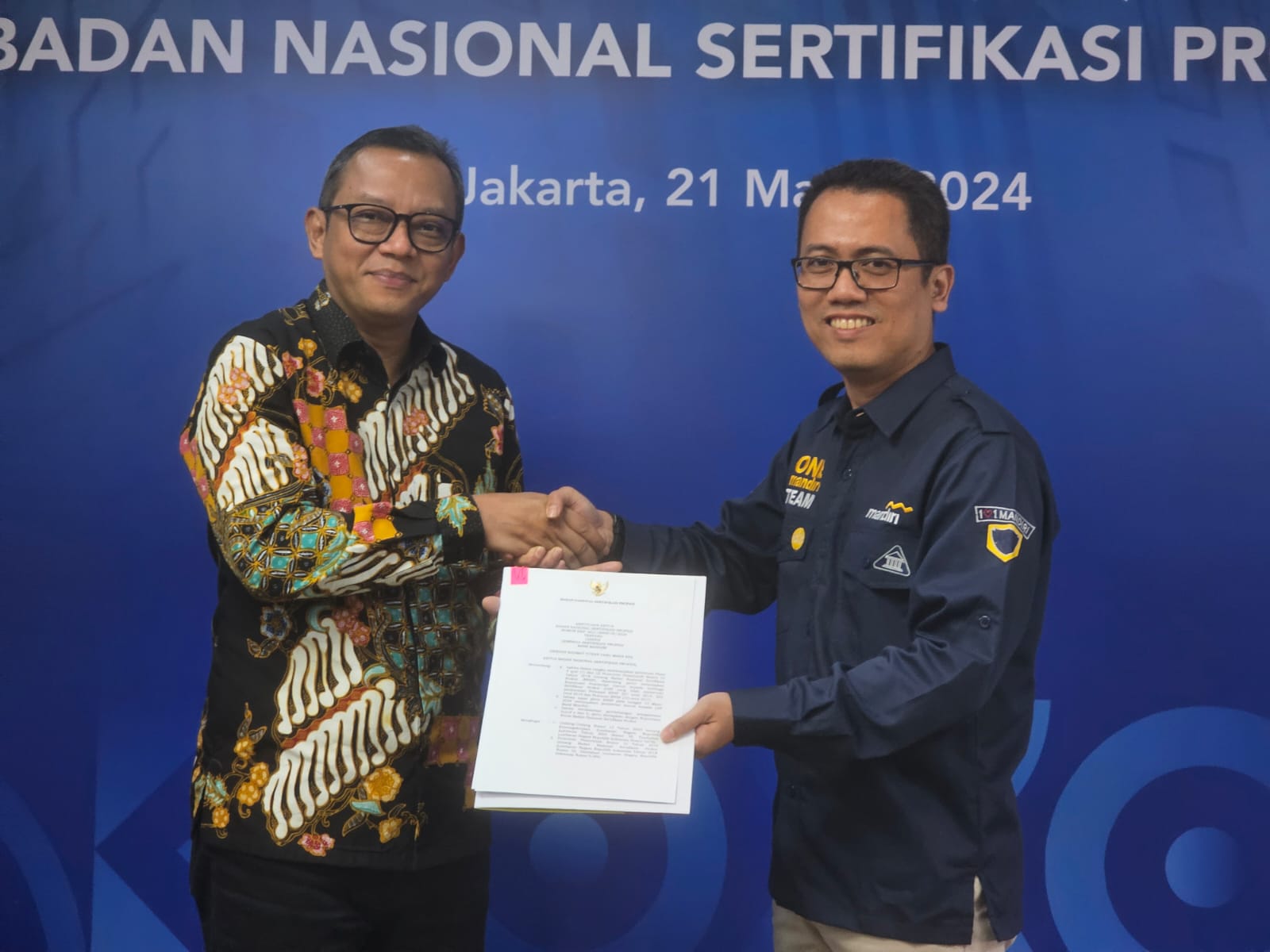[ad_1]
With 21st-century societal disagreements and polarization in societal values in the backdrop, one can’t help but notice culture wars that surface in the field of education. In Southeast Asia, home to thousands of schools, colleges and universities that place a premium on English-medium education, debates due to discriminatory hiring and employment protocols involving teachers fuel polemical discourses.
Classrooms in several Southeast Asian countries, such as Indonesia, Thailand and Vietnam, have something in common: A good number of their English-medium classes are taught by English-speaking foreign teachers. These educators are noticeably a mix of Asian and Western individuals. The multiracial composition of these groups of teachers and their workplace experience contribute to this continuing saga of discrimination and inequality.Â
Many educational institutions in Southeast Asia have been found to employ racialized hiring and employment protocols. Educational employers’ differing treatments of these teachers are manifested overtly in the form of pay gaps, among other things.
Teachers from the West, for example, are placed at the top of the hierarchy, compensation-wise, whereas those from Asia and/or teachers of color are lower down the scale. They receive salaries that are way lower than their Western counterparts regardless of their credentials, experience, and skills.Â
However, this is not purely about racialization. To view the situation on the basis of culture and racialization alone is akin to simply looking at the icing on the cake. This phenomenon needs to be further examined in light of how, if not resolved, it connects to lingering discriminatory practices in schools and colleges in Southeast Asia. This is because the situation cannot be explained and understood solely through a racial-cultural framework. Having a grip on it from a labor-market perspective helps.Â
In Thailand, for example, the 2017 document Thai Education in Brief produced by the Ministry of Education states that there are about 30,000 educational institutions in the country that provide basic education. Among them, a considerable number offer a variety of English-language-oriented programs aiming to cater to the different needs of students and, by extension, their parents.Â
As of this writing, a large chain of private schools in the country, for example, continues to offer its “clients†options that are deemed friendly to different household budgets. In other words, the Thai students’ basic education opportunities are closely linked to their parents’ purchasing power.
It is not, however, affordability that is the issue here but how the teachers are being treated. Placed in different salary tiers, foreign teachers are hierarchically valued by their Thai school employers, with whites deemed more important than teachers of color.
When white teachers are paid twice as much as teachers of color for the same amount of work expected, or sometimes even more by the latter, it tells everyone that one’s skin color matters on the job. It also places deserving individuals – based on their experience, credentials and skills – at a disadvantage simply because they do not possess a racial trait considered advantageous by the employers.Â
Despite holding an American passport, one teacher in a private university east of Bangkok was paid much lower than his contemporaries simply because he was a person of color. He ended up leaving that workplace.Â
A longtime administrator of a big chain of private basic-education schools in Bangkok explained: “It is a very Thai thinking. In Thailand, we are a developing country, so they think that to go abroad in the West looks good. They see a beautiful environment, nice buildings. They see [that] they have a better economy. It is nice to live there. Because of this, they think that Westerners are better than Asians.â€
This situation was made possible when the country adopted neoliberal policies that eventually paved the way for the marketization and privatization of the Thai educational system. This is, of course, not unique to Thailand. Other Southeast Asian countries that have allowed neoliberalization to set foot in their education system are in a similar state of affairs.Â
And for as long as denial of diversity, inclusivity, and equality efforts continues, it will always result in an environment that fails to make people feel that they belong. For as long as the absence of the sense of community continues to permeate the classroom, the very same place where championing causes against inequality should take place, equitable workers’ compensation, benefits and treatment will remain elusive.
[ad_2]
Source link














